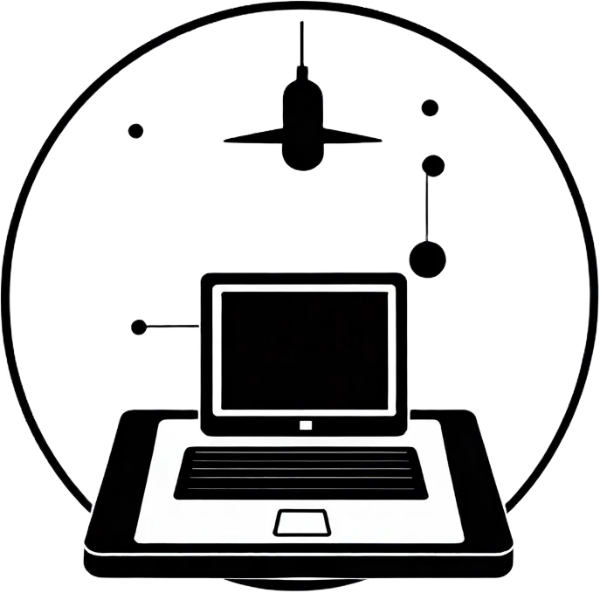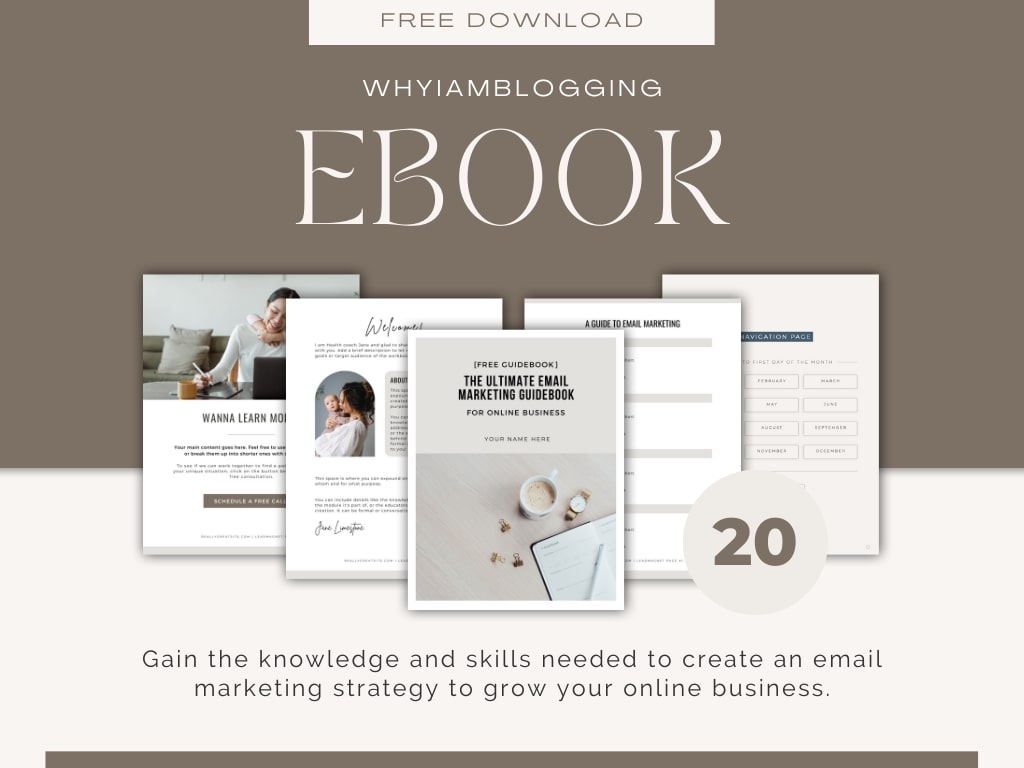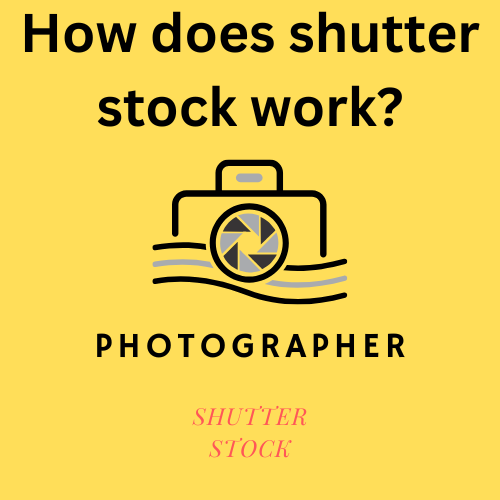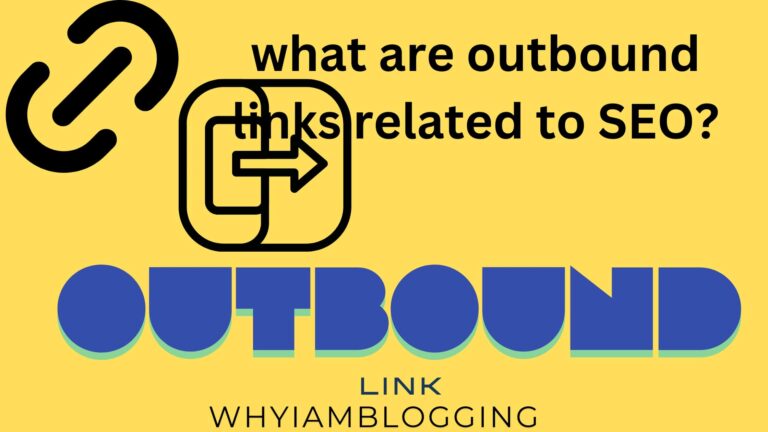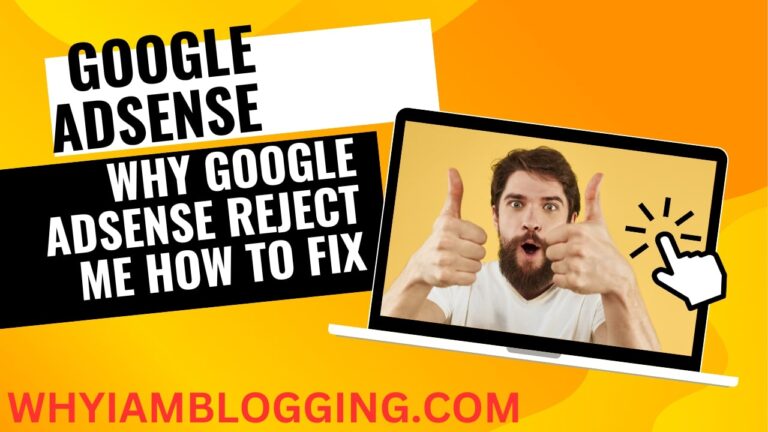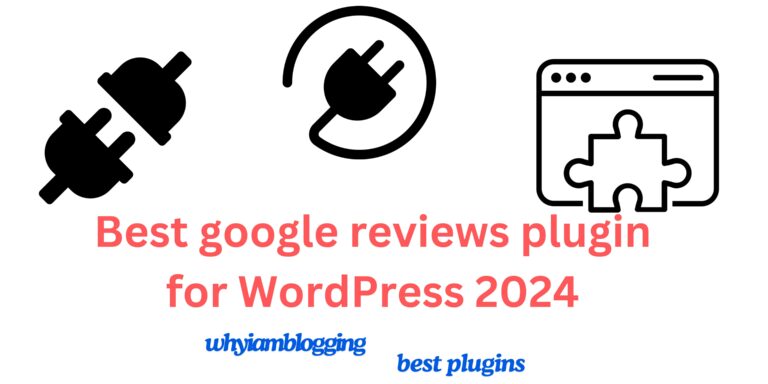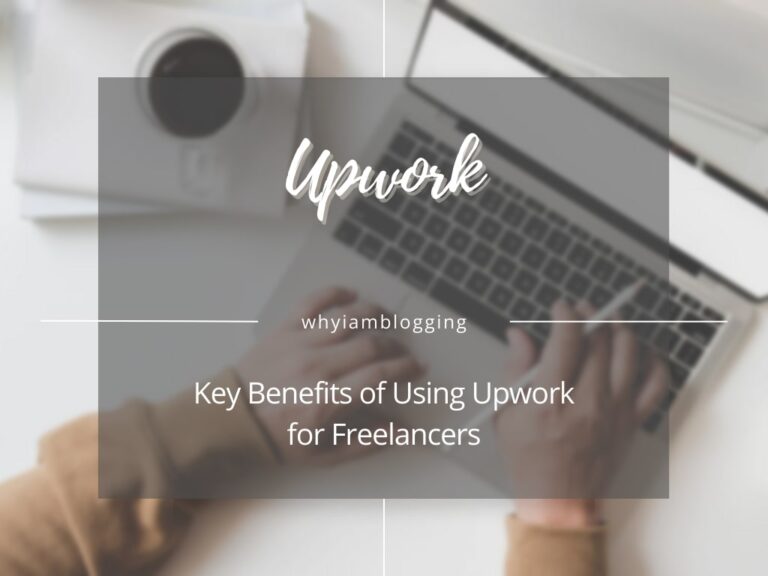Introduction
Are you looking for an innovative way to monetize your digital content? CPM eBooks could be the answer. By combining valuable content with ad-based revenue, CPM eBooks allow authors and publishers to earn passive income while providing readers with engaging material. In this guide, we’ll explain what CPM eBooks are, how they work, and how you can create one to generate income effortlessly. Whether you’re new to the concept or want to enhance your strategy, this guide will get you started.
As the digital landscape evolves, content creators are seeking new ways to monetize their work. CPM eBooks offer a promising solution, enabling creators to earn money through ads integrated into their eBooks. This model benefits both creators and readers, as advertisers pay based on ad impressions. If you’re unfamiliar with CPM eBooks, don’t worry. This guide will explain everything you need to know about how they work and how you can get started.
What Are CPM eBooks?
To understand CPM eBooks, it’s essential to first grasp the concept of CPM. CPM, short for “Cost Per Thousand,” is an advertising model where advertisers pay a set fee for every 1,000 impressions or views of their ads. This model applies to eBooks, allowing creators to earn revenue based on the number of times their ads are viewed.
CPM eBooks are digital books that include strategically placed advertisements. Each time a reader views a page containing an ad, it counts as an impression. Advertisers pay the eBook creator based on the number of impressions, which makes this a passive income stream for content creators.
Key Features of CPM eBooks:
- Accessible Pricing: Often free or priced low to attract more downloads.
- Ad Integration: Ads are seamlessly integrated into the eBook’s content or layout.
- Revenue Potential: Monetization occurs every time an ad is viewed, scaling with audience size.
How Do CPM eBooks Work?
Creating and distributing CPM eBooks involves several steps:
- Content Creation:
- Start with high-quality, engaging content that resonates with a specific audience.
- Choose topics that align with industries where advertisers seek active audiences, such as self-help, business, or technology.
- Ad Placement:
- Integrate ads naturally within the eBook. This can include banner ads, interstitial ads, or even sponsored mentions.
- Ensure the ads are relevant to the eBook’s content to increase reader engagement.
- Distribution:
- Publish your eBook on platforms that support ad integration, such as Amazon Kindle or your own website.
- Promote the eBook to maximize downloads and readership.
- Revenue Generation:
- Partner with ad networks or advertisers to supply ads for your eBook.
- Track impressions and collect payments based on CPM rates.
Why Choose CPM eBooks for Monetization?
CPM eBooks offer several compelling advantages for content creators:
- Passive Income:
- After creating and distributing your eBook, it continues to generate revenue through ad impressions without requiring constant attention.
- Wide Audience Reach:
- Offering your eBook for free or at a low price can attract more readers, leading to higher ad impressions and increased revenue.
- Advertiser Demand:
- Brands constantly seek new ways to reach niche audiences. CPM eBooks provide an ideal opportunity to target specific demographics.
- Cost-Effective for Readers:
- Readers benefit from affordable or free content, making CPM eBooks an attractive option in competitive markets.
Steps to Create a Successful CPM eBook
To create a high-performing CPM eBook, follow these steps:
- Identify Your Audience:
- Understand who your target readers are. Consider their interests and challenges.
- Choose a niche topic that aligns with both your audience’s needs and potential advertisers’ goals.
- Develop Valuable Content:
- Create content that is insightful and compelling to maintain your readers’ attention.
- Engage your audience by structuring the eBook into clear, easy-to-navigate sections.
- Design Your eBook for Ads:
- Place ads in non-intrusive areas, such as at the end of chapters or between sections.
- Use appealing ad designs that complement the eBook’s layout.
- Partner with Ad Networks:
- Join ad networks like Google AdSense or niche-specific platforms to find suitable advertisers for your eBook.
- Negotiate competitive CPM rates to maximize your revenue potential.
- Distribute Effectively:
- Publish your eBook on platforms like Amazon Kindle Direct Publishing (KDP), Google Play Books, or Gumroad.
- Use your blog or website to promote and distribute your eBook.
- Promote Your eBook:
- Boost downloads through social media, email marketing, and SEO.
- Partner with influencers or fellow creators to expand your reach.
Challenges of CPM eBooks (and How to Overcome Them)
While CPM eBooks offer many benefits, they also come with challenges. Here’s how to address them:
- Balancing Ads and Content:
- Avoid overwhelming your readers with ads. Ensure the ads are relevant and spaced appropriately to maintain a pleasant reading experience.
- Ad Relevance:
- Partner with advertisers whose products or services align with your audience’s interests to ensure ad engagement.
- Visibility and Competition:
- Standing out in a crowded market can be challenging. Invest in marketing and SEO to increase visibility.
- Platform Restrictions:
- Research platform policies on ad placements to avoid restrictions when publishing your eBook.
Platforms for Publishing CPM eBooks
Several platforms support the creation and distribution of CPM eBooks:
- Amazon Kindle Direct Publishing (KDP):
- Offers a global audience and user-friendly tools.
- Gumroad:
- Ideal for creators who want full control over sales and pricing.
- Google Play Books:
- Seamlessly integrates with Google Ads, providing a robust monetization solution.
- Your Website or Blog:
- Publishing on your own platform gives you full control over ads and audience engagement.
Real-Life Examples of CPM eBooks
- Self-Help Guides:
- A self-published author creates a free eBook about productivity hacks. Ads for productivity tools are placed throughout, generating consistent revenue.
- Niche Tutorials:
- An eBook about graphic design includes ads for design software. The author monetizes the eBook while providing valuable insights to readers.
Conclusion
CPM eBooks present an exciting opportunity for authors, content creators, and publishers to monetize their work while delivering valuable content to readers. By leveraging the CPM model, you can generate passive income through ad impressions, making your eBooks both engaging and profitable.
To succeed, focus on creating high-quality, niche-specific content and strategically placing ads that align with your audience’s interests. Choose the right distribution platforms and balance content with monetization to maximize your success. Whether you’re an aspiring writer or a seasoned publisher, EBooks can help you tap into a growing market and create a sustainable revenue stream. Free ebooks Open library Sell digital products Read More
